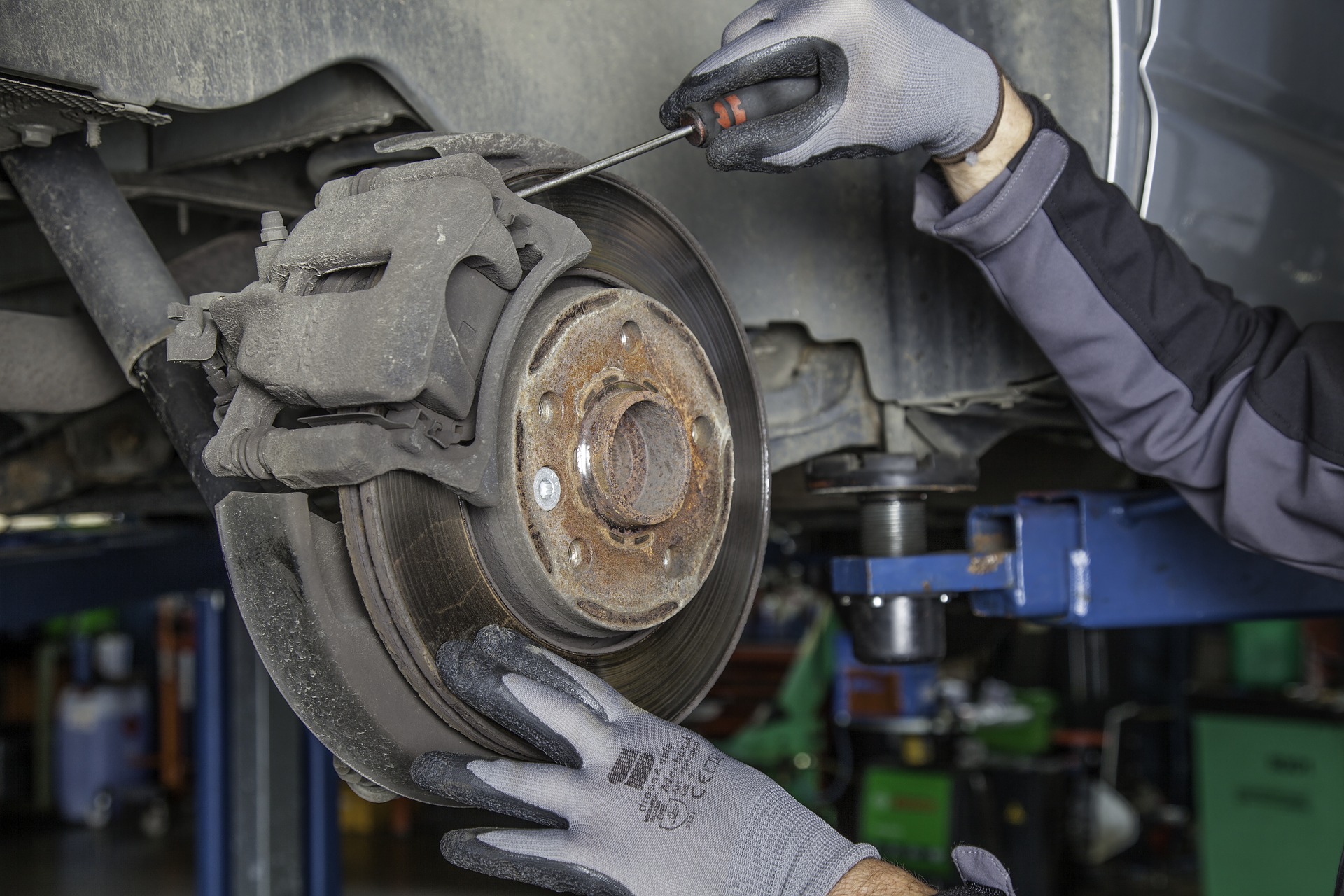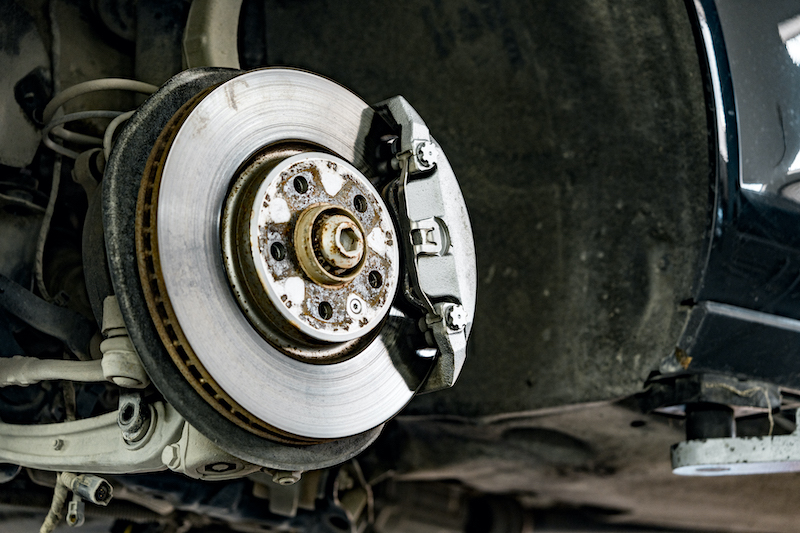Everything You Need to Know About Brake Pads

Your brakes are essentially your lifesavers when it comes to driving. Without them, so much can go wrong. But more often than not, their safe functionality can hinge on little more than a sliver of steel: your brake pads. So, what do you need to know about brake pads to keep yourself safe on the road?
Brake Pads: Everything You Need to Know
What are brake pads?
Created from a flat piece of steel with a layer of thick material to create friction on one side, brake pads press against the brake discs, causing the friction you need to stop your car’s wheels from turning. Without brake pads, your vehicle would not be able to stop. But because they are put under such considerable pressure on a daily basis – imagine the friction caused when applied to your wheels turning at speed – brake pads do wear over time. That’s why it’s so important to be aware of how well your brake pads are working. And replace them when necessary.
How often should you change your brake pads?
If you look in your owner’s manual, your car manufacturer will have provided a rough mileage guide for brake pad replacement. This will usually be somewhere between 25,000 miles and 65,000 miles. But every vehicle is slightly different. And brake pad wear will depend heavily upon use. Rural drivers may not use their brakes as often as urban drivers who commonly navigate heavy traffic. So, it’s always a good idea to ask your mechanic to check your brake pads every time you go for a service.
How do you know if you need new brake pads?
When your brake pads begin to get a little thin, the wear indicator – a soft piece of metal deliberately incorporated into the design – will rub against the brake rotor. When this happens, you will notice a noise. It’s usually a screeching or squealing sound when the brakes are applied. But you may also notice other warning signs, including:
- A grinding sound while driving
- Your car is taking longer to stop
- The brake pedal is sitting lower than you would usually expect
If you notice any of these things in your vehicle, you need to inspect your brake pads as soon as possible.
How to replace your brake pads
If you are mechanically minded, you may well be able to replace your own brake pads. You can find high-quality, low-cost brake pads for a range of vehicles online. Once you have your new brake pads you need to follow these steps:
- Raise your vehicle and remove the wheel and slider bolt.
- Swivel the caliper and slide out the existing brake pads.
- Replace the retaining clips before inserting the new brake pads, and retracting the pistons.
- Check the brake fluid level.
- Then reposition the caliper and return the slider bolt to its original position.
Whenever you have performed any form of maintenance on your brakes, it is vital that you test your vehicle in a safe place before taking to the open road. And if you’re not totally confident, it’s always best to see a professional mechanic.
It’s difficult to overstate the importance of your brake pads when it comes to road safety. Like other brake issues, the consequences of failing brake pads can be devastating. So, Keep an eye on your brake pads. Listen out for the warning signs. And get your brake pads changed on a regular basis.
Are you looking for brake pads for your vehicle? Online Automotive can help.





